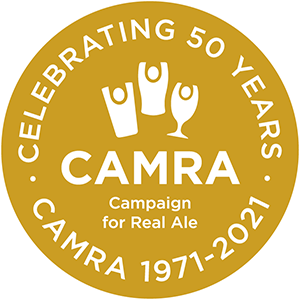Duke
Greater London Central - London
Two star - A pub interior of very special national historic interest
Listed Status: II
7 Roger StreetLondon, Bloomsbury
WC1N 2PB
Tel: (020) 7242 7230
Real Ale: Yes
Nearby Station: Farringdon
Station Distance: 900m
Public Transport: Near Railway Station (Farringdon)
View on: Whatpub
The pub is part of Mytre House, a development of 1937–8 by architect D. E. Harrington. There had been a pub on the site previously, hence its incorporation into the new development. The most important space is the lounge at the back which retains three original seating booths with timber and reeded glass dividers between them, the idea of which might have been borrowed from the Cittie of Yorke, a shortish distance away on High Holborn (XXX). Similar but rather more utilitarian booths were installed in the public bar probably in the 1960s or 1970s and blocked the doorway to what had been an off-sales. The Ind Coope frosted and lettered glass no doubt date from the same time. The counters are original although the upper shelving of the bar-backs seems later. The loos still have their original 1930s tiling.
An Art Deco treasure dating from 1938, this pub has numerous original features, including two separate rooms connected by a narrow doorway.
The pub is part of an offices and flat development and, like the rest of the block, has characteristic 1930s detailing and metal-framed windows. Decoration is pared down to a minimum and the fittings are sleek and undemonstrative. The counters have plain vertical fronts with that in the former public bar at the front having the typical London feature of a door for servicing beer engines in past times, and both counters have linoleum inlaid tops. The bar-backs are simple and functional.
In the former saloon bar at the rear, or lounge according to the glazed panel in the door, there's an original brick fire surround and several Art Deco mirrors. The most prominent feature in here is a series of small, open drinking booths with timber and reeded glass partitions between them. The similar seating in the former public bar is a sympathetic addition from later in the 20th century. The windows are modern replacements, apart from the Ind Coope "Double Diamond" one which looks to be from the 1960s or 1970s. A now unused door between the public and saloon bars used to lead into a "private bar", but this area has now been subsumed into the public bar, making it the larger of the two rooms.
 Pub Heritage
Pub Heritage 